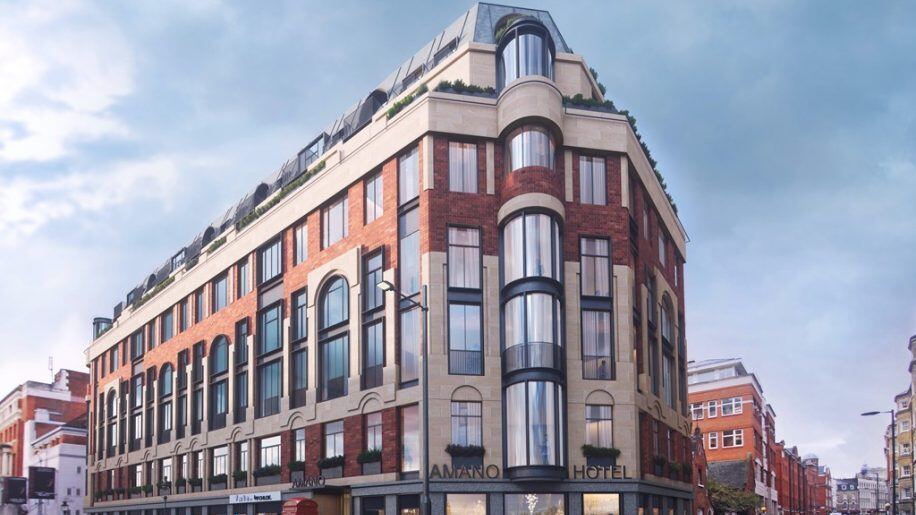What is Document M (Doc M)?
Doc M, also known as Approved Document M or Part M of the Building Regulations, sets out the baseline standard all buildings must comply with to be signed off as fit for purpose.
- Doc M is part of a larger collection of approved documents that maintain consistency in construction industry standards.
- Compliance with Doc M is a legal requirement for all stakeholders, from designers to installers.
- It's important to note that Doc M applies only to England, while Wales, Scotland, and Northern Ireland have their own versions of the Building Regulations and standards around accessibility.
Buildings Covered by Doc M:
- Dwellings: Houses and flats.
- Other Buildings: Nursing homes, student accommodation, hotels, schools, hospitals, and any building that might be visited by the public.
Doc M addresses ‘access to and use of buildings,’ setting the minimum standard to ensure a person can approach, enter, use, and leave a building safely and independently, regardless of their physical ability. This includes the provision of accessible toilet facilities.
Doc M sets the baseline standard that all buildings in England must meet for accessibility, ensuring safety and independence for all users.

What is British Standard 8300 (BS 8300)?
BS 8300 is a British Code of Practice for the design, construction, and maintenance of buildings, defining best practices to create accessible and inclusive environments.
-
BS 8300 is divided into two parts:
-
BS 8300-1: Pertains to external environments on the approach to buildings, such as car parks and access routes.
-
BS 8300-2: Relates to the internal layouts, dimensions, and facilities of buildings.
-
Differences Between BS 8300 and Doc M:
- BS 8300 doesn’t apply to individual dwellings or residential buildings specifically designed to house or care for people with complex or multiple disabilities.
- Unlike Doc M, BS 8300 is not legally binding but serves as a set of best practice guidelines.
- BS 8300 applies to the entire UK, not just England.

Why Do We Need BS 8300 As Well As Doc M?
BS 8300 goes beyond the minimum standards set by Doc M, promoting inclusivity and accessibility for a wide range of building users. It encourages stakeholders to exceed the minimum standard when possible, serving as an important benchmark for consistent accessibility throughout the built environment.
Over time, best practice guidelines set out by BS 8300 can be adopted as legal requirements and incorporated into Doc M. For example, the relatively recent requirement for all new public buildings with a capacity of 350 or more people to have a Changing Places toilet installed.
BS 8300 models an ideal world scenario, promoting best practices that often become legal standards.



